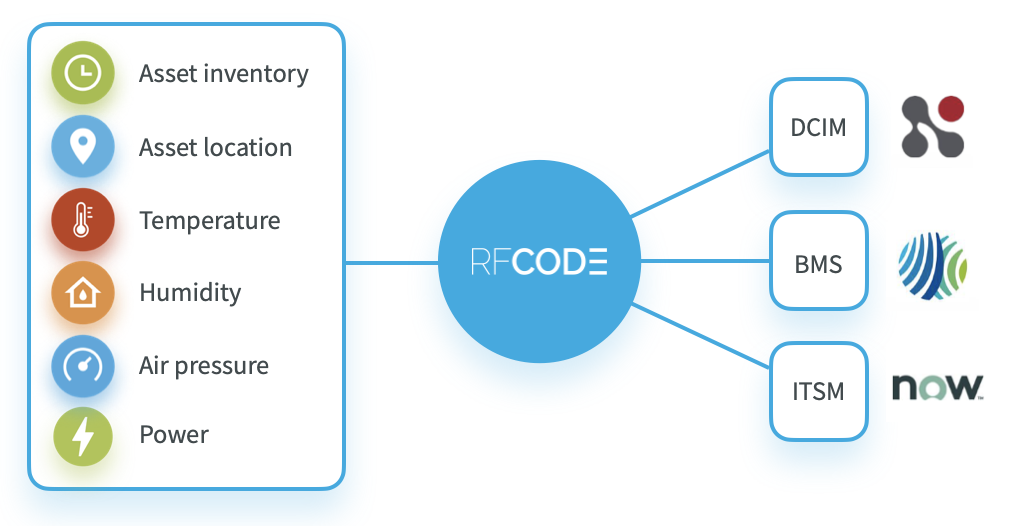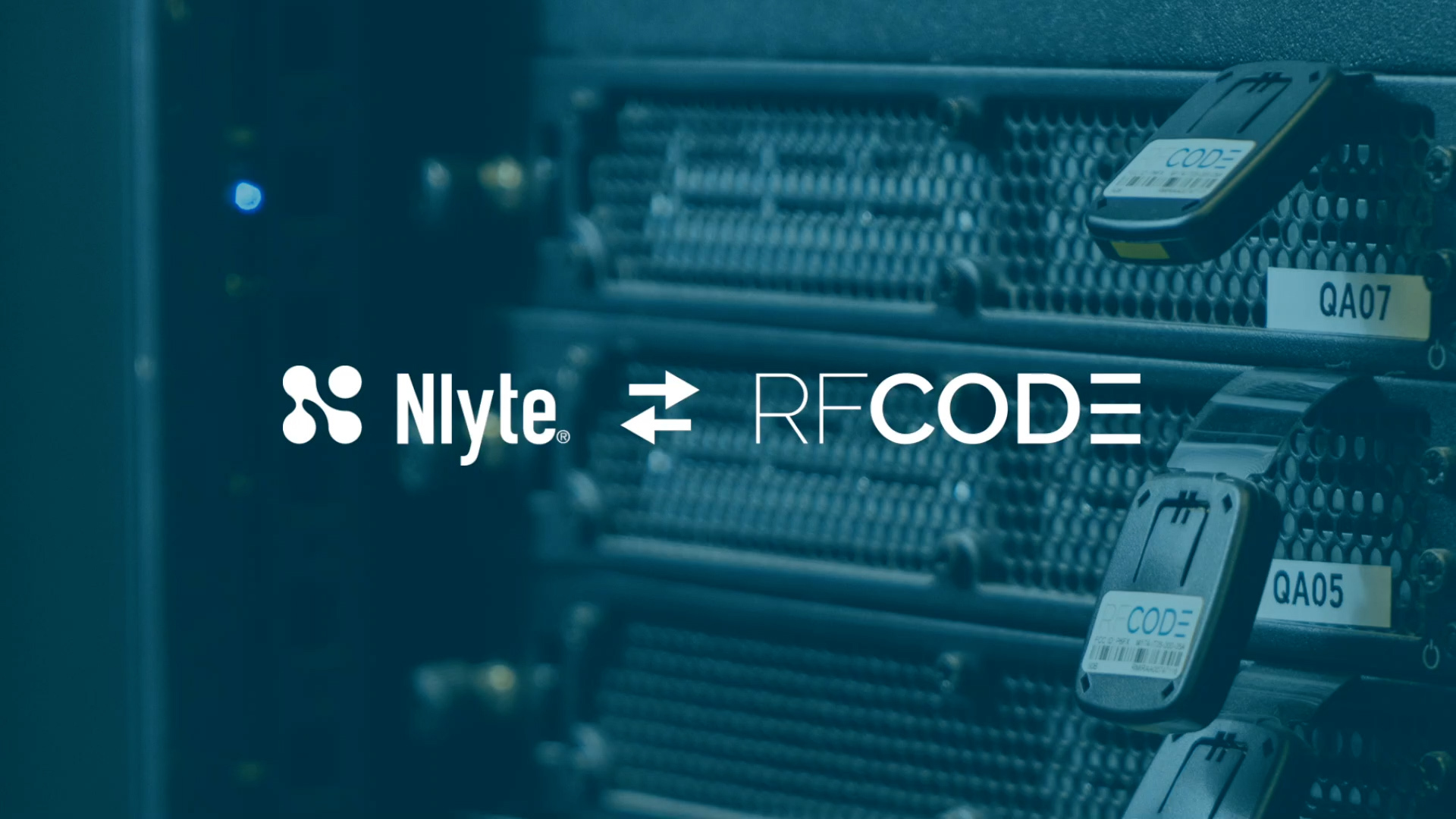
As useful as DCIMs are, they are dependent on accurate and real-time data. Without both, DCIMs can unknowingly report misleading asset location and environmental data. The Nlyte Connector for RF Code Asset Manager fuels Nlyte with 99%+ accurate asset tracking and chain of custody data.
The Nlyte Connector automates two-way data synchronization so RF Code keeps Nlyte up to date in real-time.
I don’t ever want to explain to my VP that an infrastructure management tool that we’re spending $100K a year on is not accurate enough.

By implementing the Nlyte Connector for RF Code, your organization will be able to replace error-prone, manually entered asset location data. Easy to install and configure, the Connector can eliminate unnecessary costs, errors, and risks.
Real outcomes reported by data center operators after integrating Nlyte and RF Code.
Eliminated manual audits and workflows.
Eliminated human errors.
Identified and remediated asset data discrepancies in Nlyte.
Ensured Nlyte asset tracking data matches the reality on the floor.
Achieved precise asset location data down to the rack level in real-time.
Automates updates for newly arrived or removed assets in real time.
Maintained a complete location history of every tagged asset in Nlyte.
Improved financial accountability for assets.
Reduced dwell time and capital at rest inventory.
Boosted accuracy of capacity and spatial planning.
If you are interested in learning more about the Nlyte Connector and how RF Code can automatically keep your Nlyte DCIM updated with accurate asset data, please fill out the form or schedule time to discuss your use case needs with a Nlyte integration specialist.


Always ready IT asset inventory using active RFID technology eliminates costly, time-consuming, inaccurate audits performed with passive RFID, barcode scanners or spreadsheets.

99% asset tracking accuracy with automation across the entire lifecycle of every IT asset to minimize loss and dwell time.

Automated rack and server temperature monitoring prevents equipment from overheating and reduces overspending on energy.

Monitor relative humidity levels to ensure protection from corrosion and ESD (Electric Static Discharge).

Maintain air flow and pressure to ensure proper HVAC and CRAC performance.

Automated power consumption and capacity monitoring that delivers optimal power conditions and insights.

